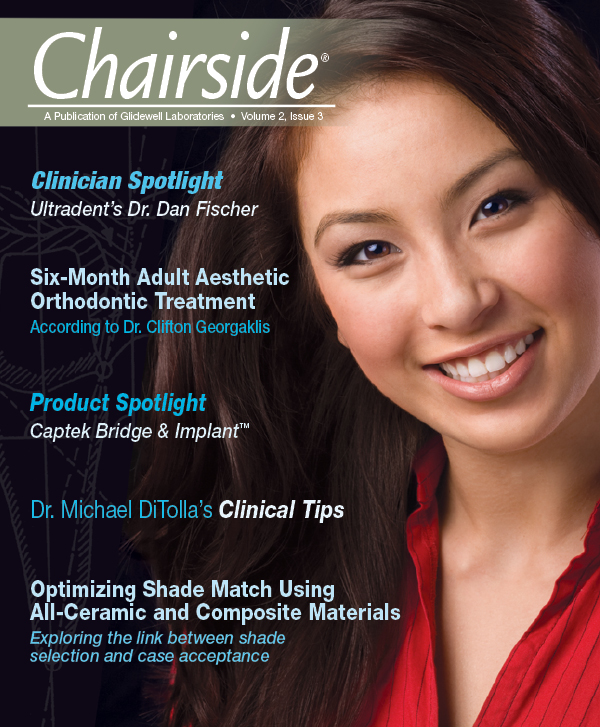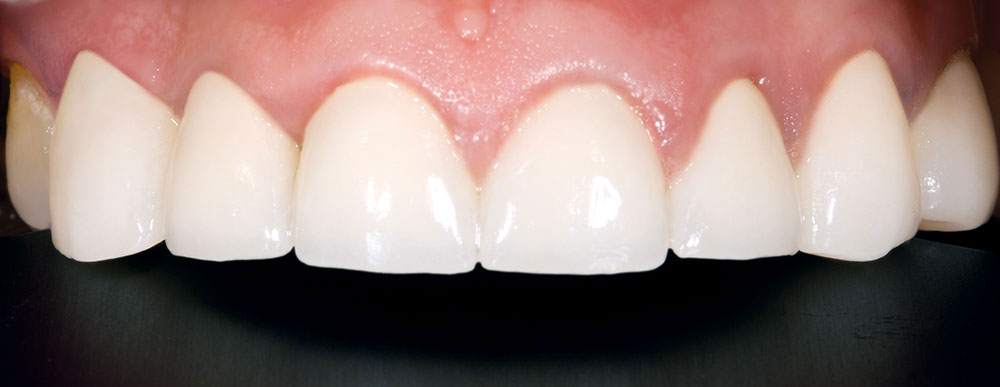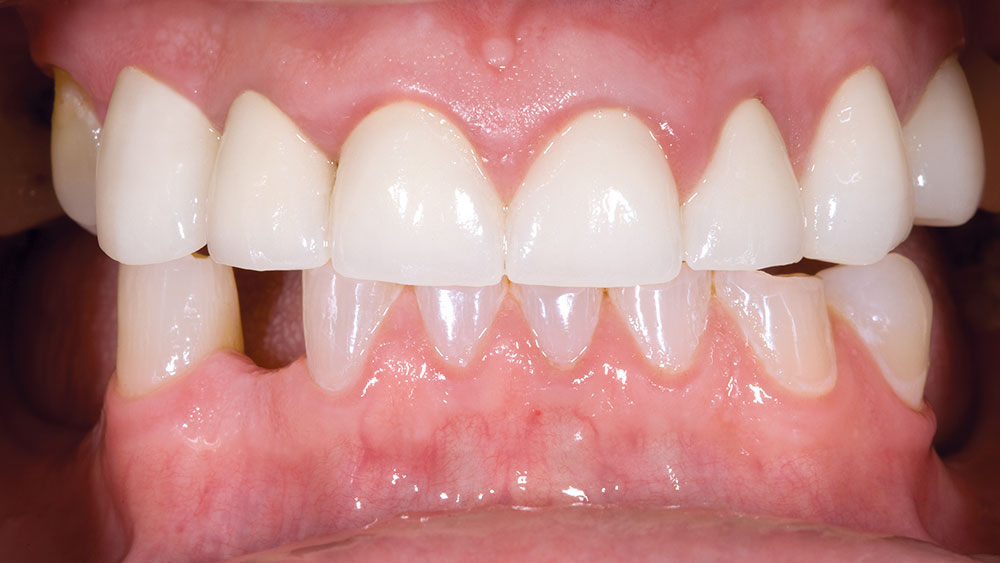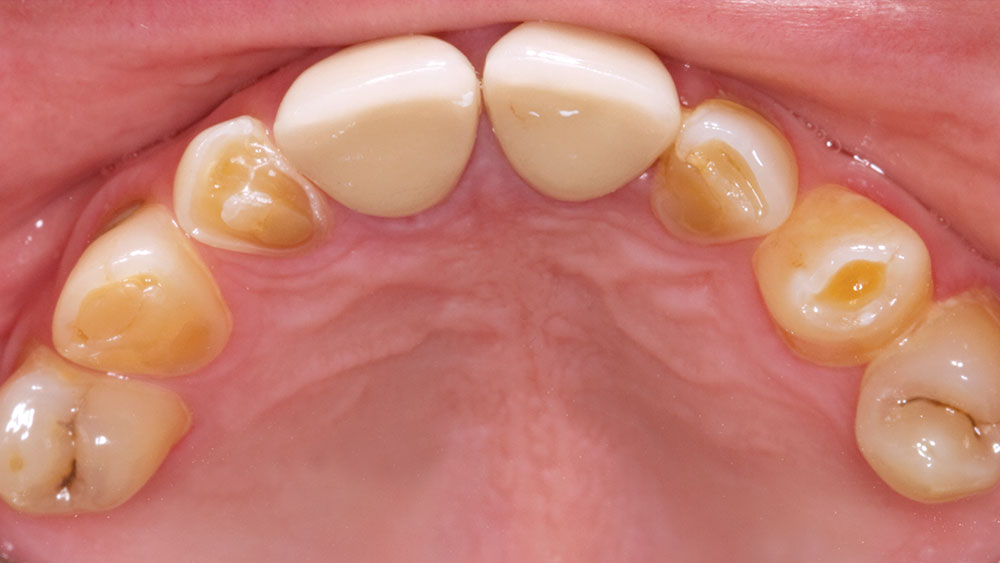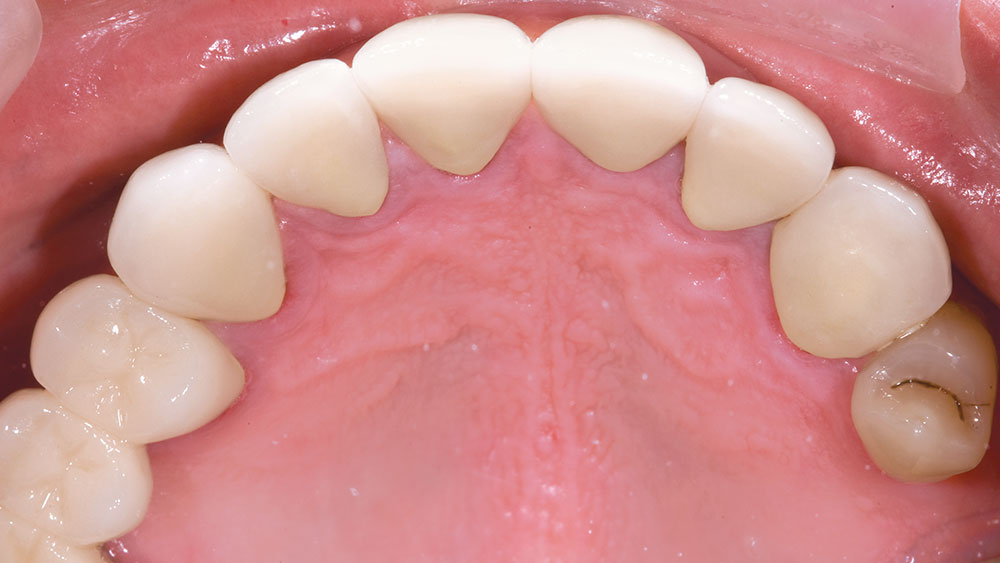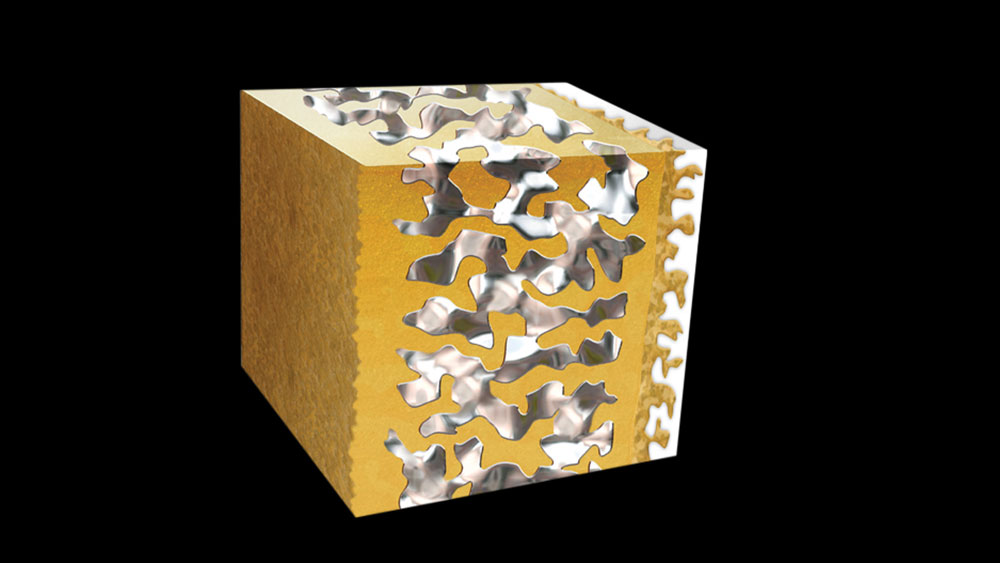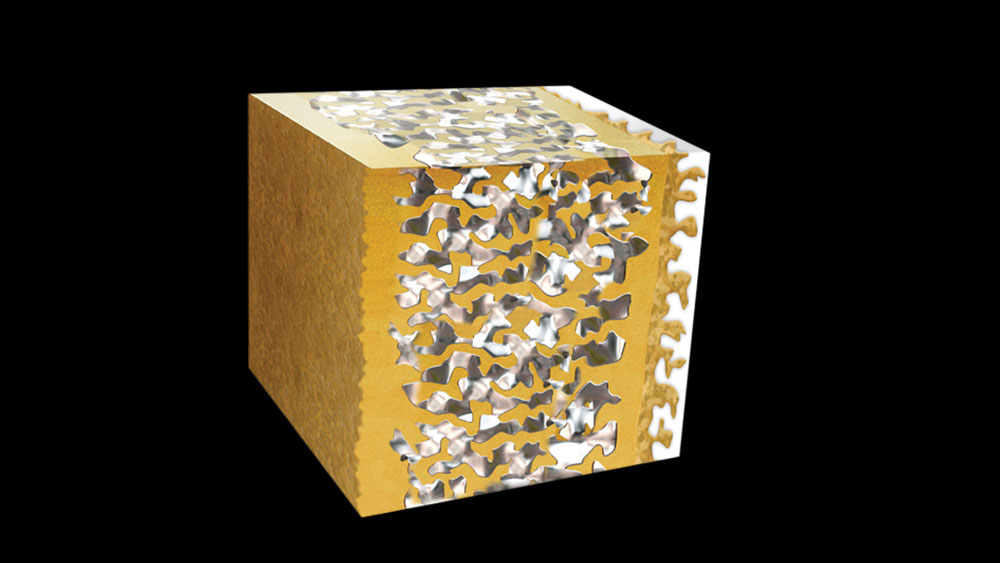Captek™ Bridge & Implant Expands Clinical Indications
If you have been reading my column for any length of time or attended any of my lectures, you will know that I still use PFMs in many clinical situations — especially Captek™ PFMs. There is a lot to like about Captek, and the excellent esthetics that originally drew me in is still one of the main reasons I prescribe it so often.
In addition to its excellent esthetics, the high gold nature of Captek also appeals to me; like other dentists, I have always loved gold. Yet Captek gold is different from traditional cast gold, as there are no oxides and no strength reduction due to gold content. That’s because Captek gold is internally reinforced with particles of platinum and palladium, a unique blend of metals that has the lowest plaque retention of any material tested, including enamel. When I have a patient who struggles with perio for whatever reason, I will place a Captek crown with slightly subgingival margins with a 360-degree gold margin. This helps to ensure I have created the most ideal conditions for getting a crown margin and emergence profile to blend in with the surrounding tissues.
I also prescribe Captek in areas where I’d like to place an all-ceramic crown but don’t want to do much preparation, such as lower incisors. Because Captek copings can be made as thin as 0.25 mm, it’s more conservative than any other all-ceramic crown restoration, and it is a good choice for smaller teeth and teeth with gingival recession.
The one limitation Captek has always faced is its use as a bridge material. Base metals have always had the highest strength, making them good choices for long span bridges; however, many dentists are reluctant to use them because of potential patient allergies and subsequent legal liability. So I was excited when Captek announced early this year that, thanks to a breakthrough in nanotechnology, they had developed a material specifically designed for the two most challenging areas of restorative dentistry: long span bridges and implants. And that material is called Captek™ Bridge & Implant.
Due to enhancements in traditional Captek, Captek B & I is able to meet the rigorous strength required for successful long span bridges, implants and even natural tooth abutments, which has been previously limited to conventional PFMs. This added strength comes from doubling the volume of platinum and palladium in Captek B & I, compared to traditional Captek (Figs. 1, 2). Even with this added hardness, the coping can be made as thin as 0.275 mm.
Due to its increased strength, Captek B & I now allows you to use this material in situations where Captek may not have been indicated. This includes full arch cases, cantilever bridges, and bruxers or patients with difficult bites.
Captek Bridge & Implant also has increased thermal stability, which provides accuracy and predictability. (Because it is more tolerant to high heat, the marginal integrity is maintained throughout firings.) The density of the particles allows for tighter marginal adaptation and harder edges, ensuring quick and easy placement over natural tooth abutments as well as long span bridges over implants.
Captek is also exceptional as it has the ability to coexist with living tissues without causing harm. Captek is the only material available that will not oxidize due to the high purity and high nobility content of materials used to fabricate the copings. This means patient tissue that comes into contact with the material should not suffer from any toxic, irritating, inflammatory or allergic action. Captek is the ideal solution to provide optimum biocompatibility, especially with implants.
I was excited when Captek announced early this year that, thanks to a breakthrough in nanotechnology, they had developed a material specifically designed for the two most challenging areas of restorative dentistry: long span bridges and implants.
Fortunately, Captek Bridge & Implant has retained the esthetic qualities of the original material, which makes it a great choice for dark prep or stump shades whether due to tetracycline or endodontic treatment. It is also a great choice for patients who want to have their PFMs replaced due to the appearance of dark metal margins at the gingival. Since there are no dark metal margins on a Captek crown, even if recession takes place your patient will not have a black line appear.
Prescribe Captek Bridge & Implant for the most challenging areas of the mouth. When you do, you can be certain you are getting the Captek quality you’ve come to expect and the strength, affordability and esthetics on which you and I have come to rely.
Contact Dr. DiTolla at mditolla@glidewelldental.com or call 888-303-4221.
Captek and Captek Bridge & Implant are a trademark of Precious Chemicals, Inc.

